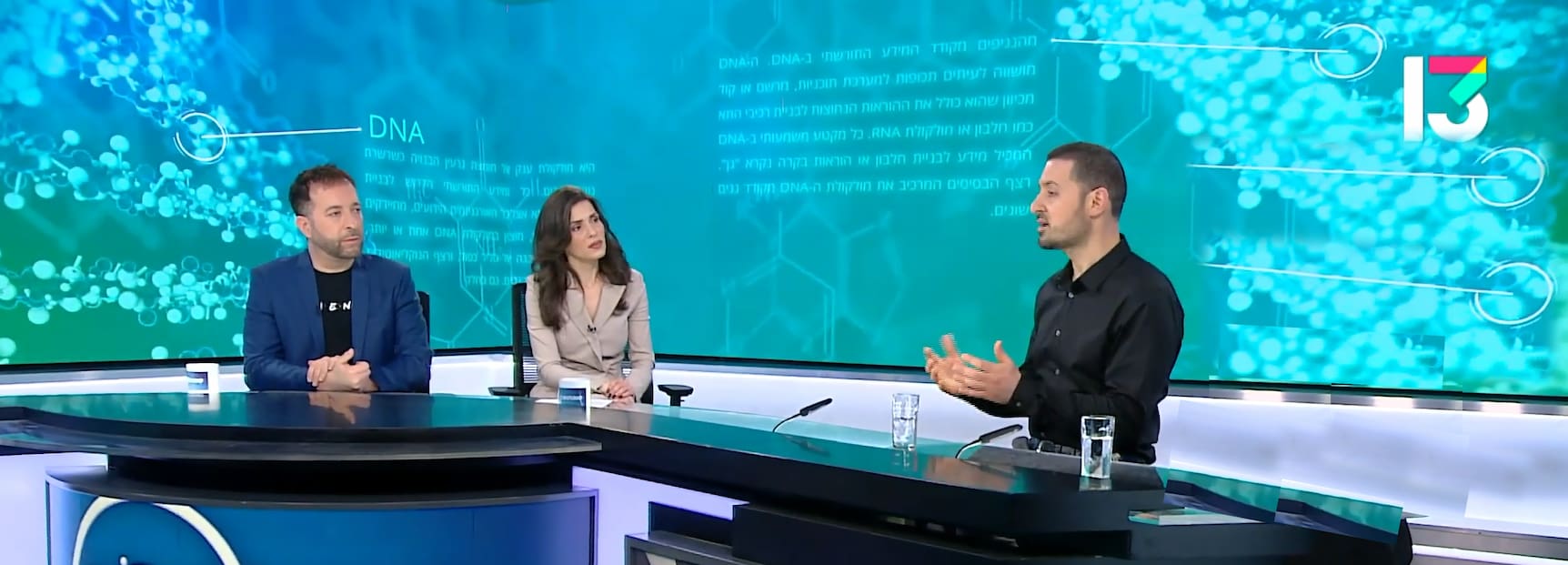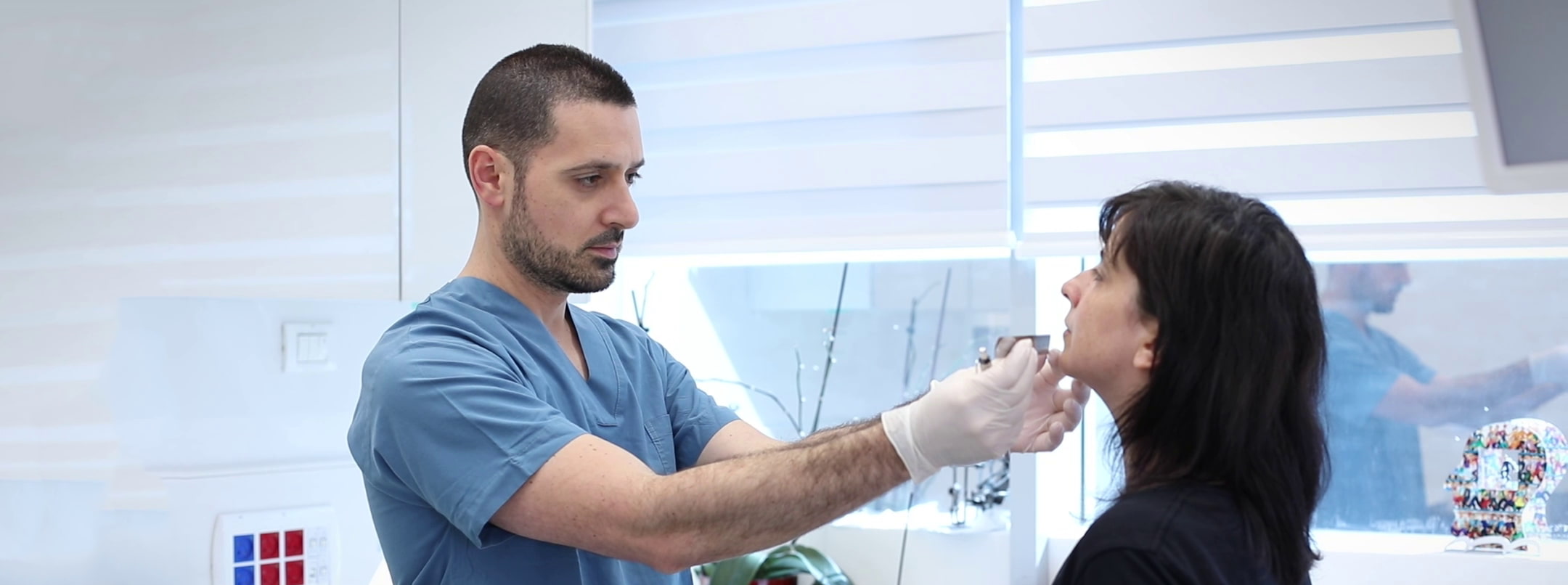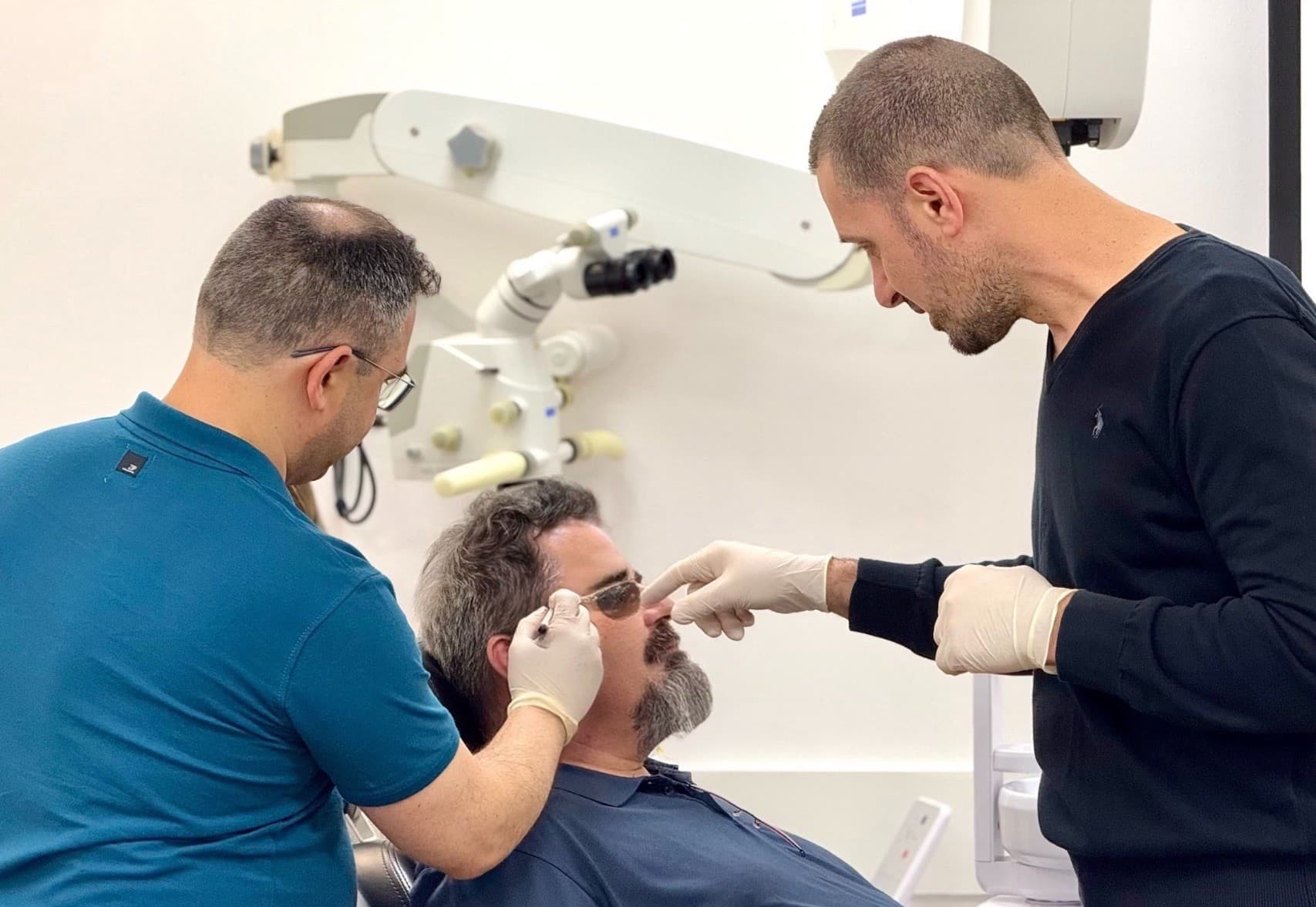
# Chronic nerve pain
Nerve pain is pain caused by injury, disruption, or disease to a nerve or to the nervous system. By definition, pain lasting more than 3 months is defined as chronic. As the duration of pain extends, neuroplastic changes develop and intensify, reinforcing the perception of pain.
The primary categories of chronic nerve pain include:
- Nociceptive pain:
- This type of pain results from injury or inflammation in the tissue. It occurs when nerves surrounding the affected organ persistently transmit signals, leading to a prolonged sensation of pain. The excessive signaling can amplify the perception of pain beyond the actual severity of the initial injury or inflammation. Patients frequently characterize this pain as dull, accompanied by various sensations like contraction, tension, or pressure.
- Neuropathic pain:
- The pain is caused by "sick" nerves which send pain signals to the brain without there being a clear cause of pain in the suffering limb. Common examples include post-herpetic neuralgia (following herpes), diabetic neuropathy, post-traumatic neuropathy (resulting from nerve cutting), and Complex Regional Pain Syndrome (CRPS). Patients often describe sensations like stabbing, burning, electrical impulses, or tingling.
- Central pain:
- The persistence of pain causes neuro-plastic nerve changes which make the feeling of pain a completely independent problem that does not depend on the diseased nerve endings or the damage to the organ. Patients may express a constant sense of fatigue, heightened sensitivity to innocent stimuli, and a desire to avoid certain activities.
Chronic nerve pain in the head and neck is typically addressed by pain specialists, oral and maxillofacial surgeons, neurologists, or oral medicine experts. Diagnosis involves ruling out other conditions causing pain, such as temporomandibular joint inflammation, temporomandibular joint internal derangement, tumors adjacent to the temporomandibular joint, or myofascial muscle pain. Nerve pain can have profound implications on mental, physical, and cognitive well-being, impacting both quality of life and daily functioning.
Treatment for chronic pain often adopts a multimodal approach, incorporating various simultaneous interventions like medication, physical therapy, behavioral modifications, splints, complementary medicine, and more. Addressing nerve pain is crucial not only for immediate relief but also to reduce the risk of escalating pain intensity, fixation of pain sensations, drug dependence, and the onset of depression and anxiety.
Initiating a non-pharmacological and non-invasive conservative treatment regimen is recommended. This includes aerobic physical activity, tissue and muscle stretching, enhancing sleep quality, physical therapy, stress reduction, mood improvement, and neurogenic drugs. If these measures prove ineffective or drug treatment is ineffective or impractical or has intolerable side effects, local treatments like nerve blocks are recommended.






